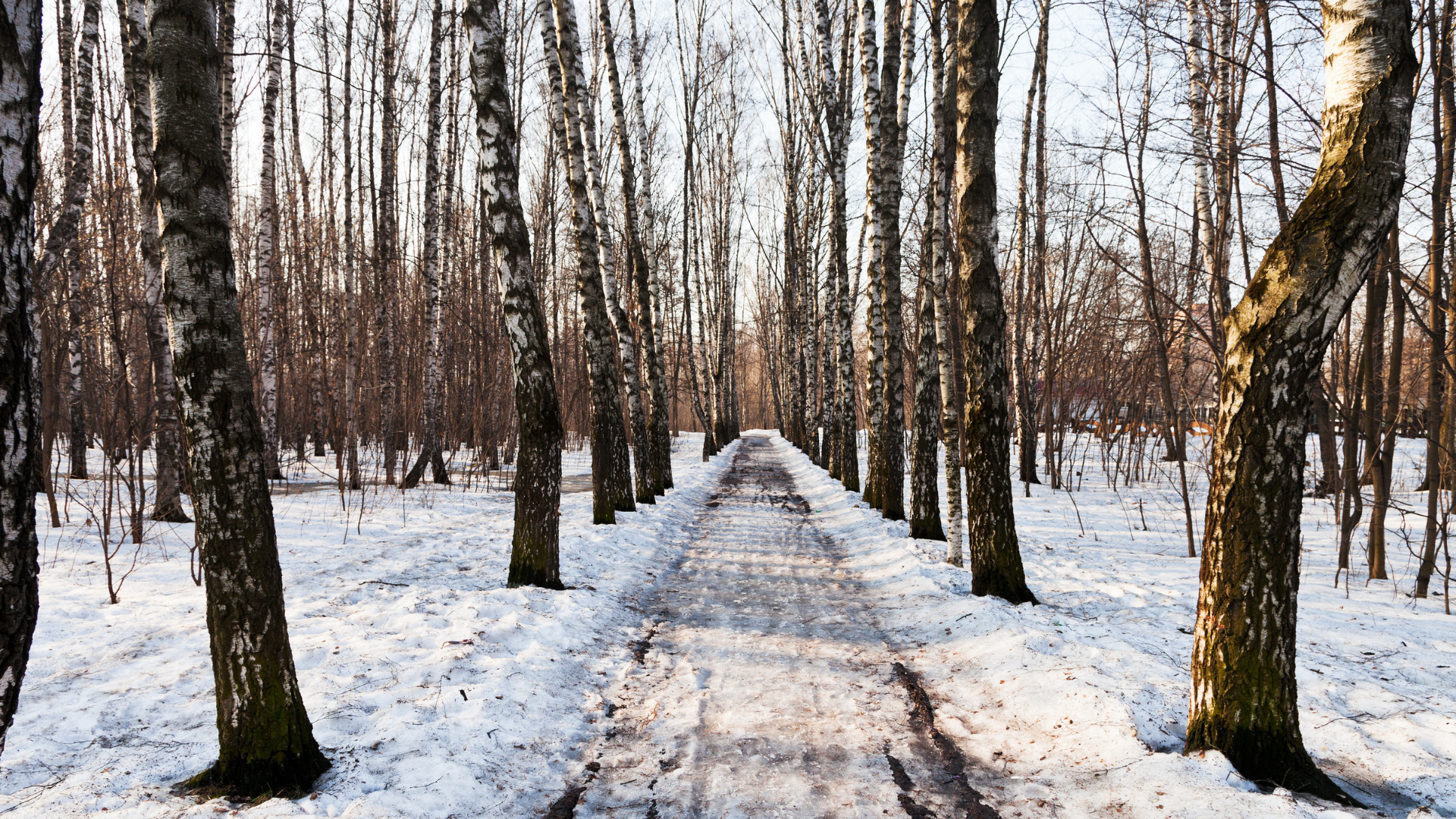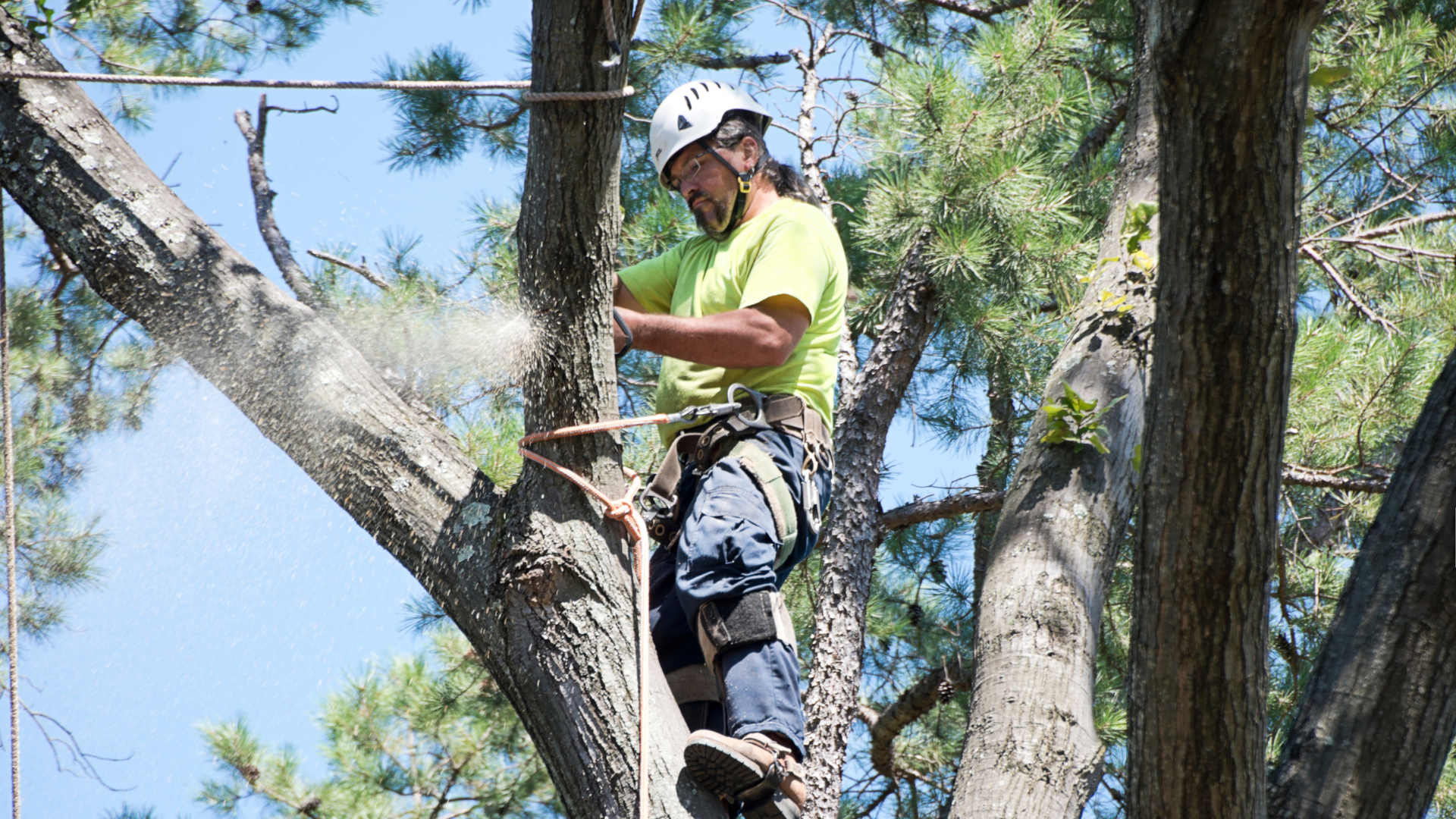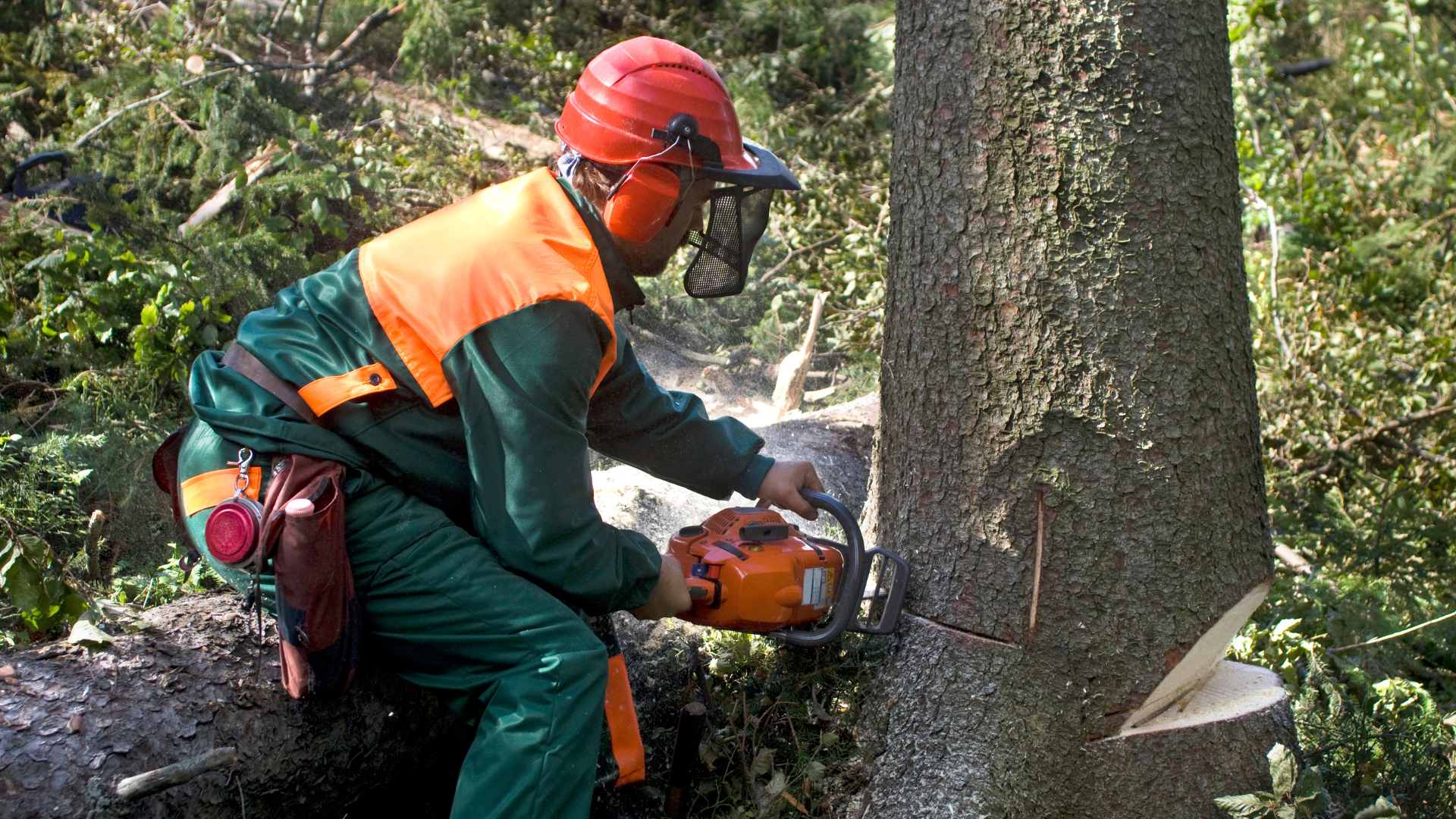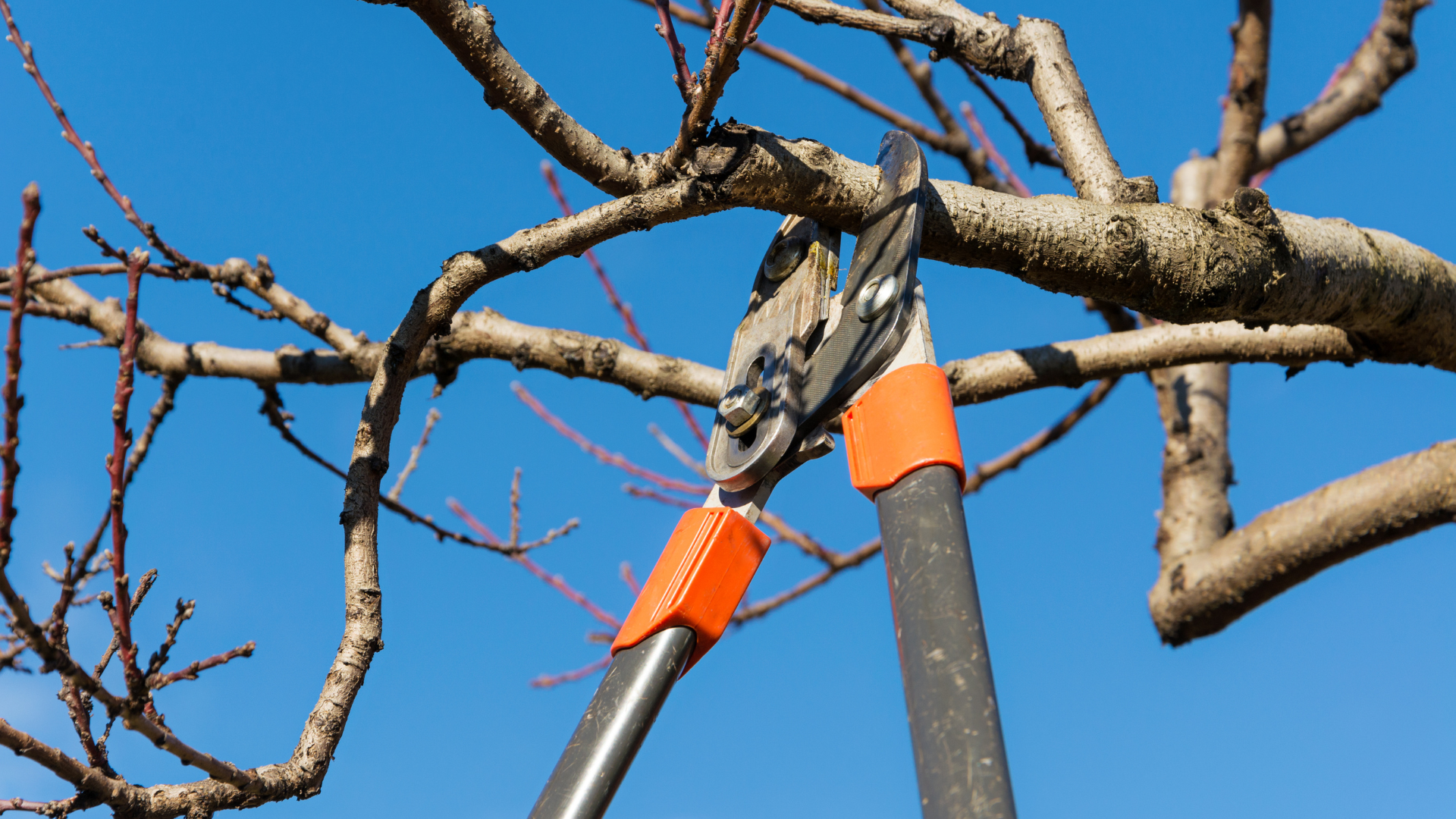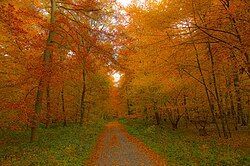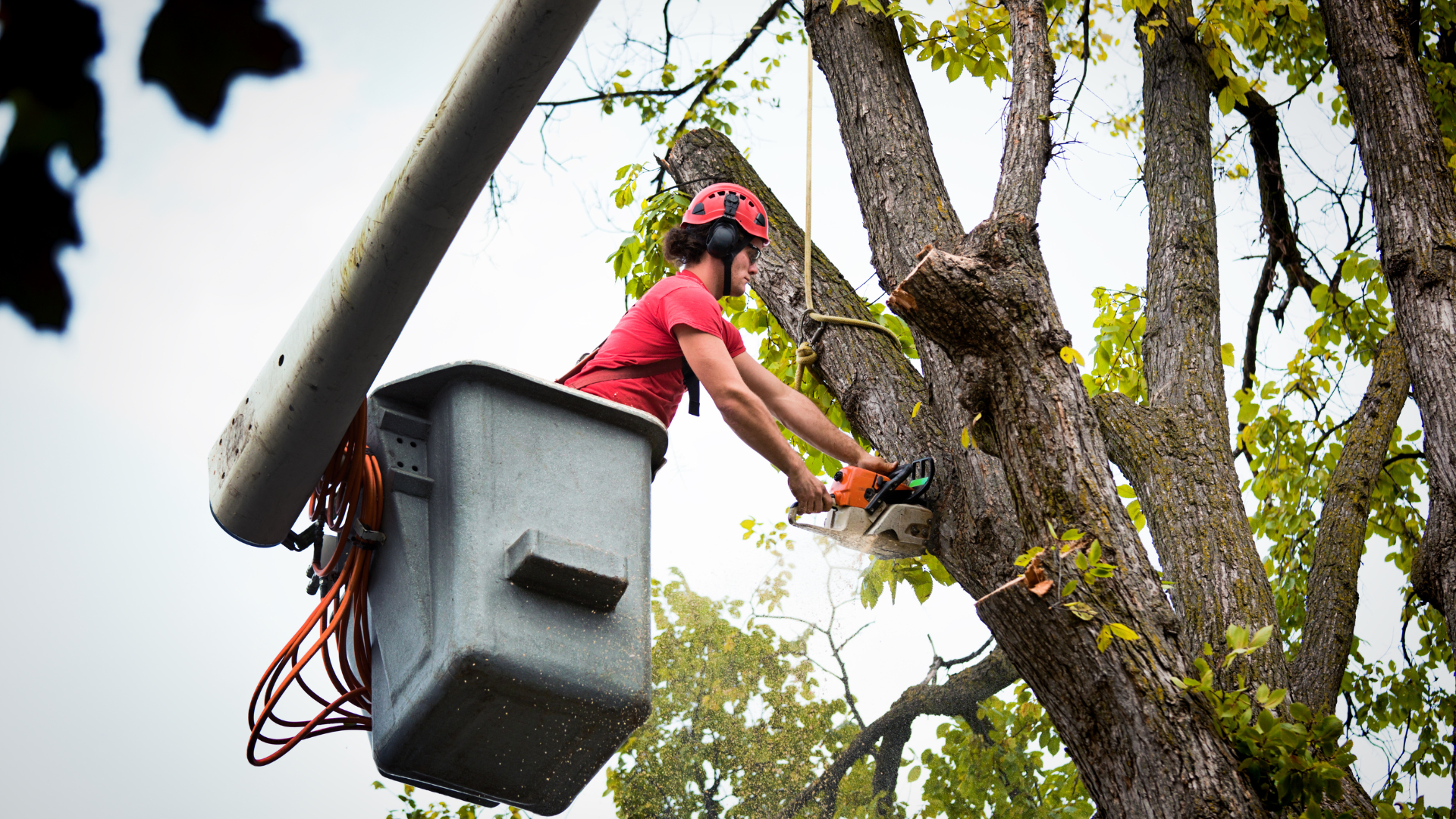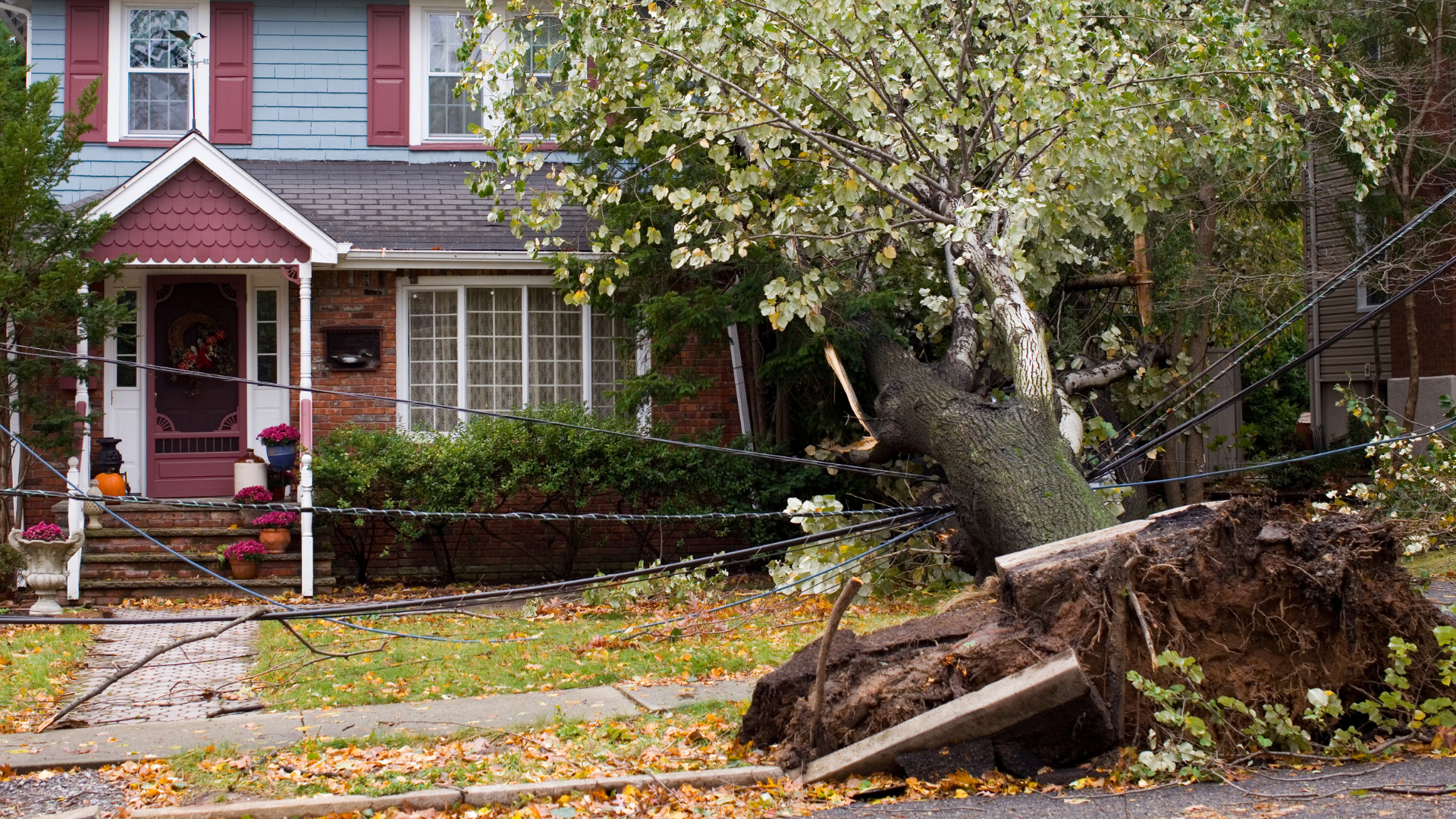Signs Your Trees May Not Survive the Winter Without Care
Fall is the season when homeowners begin preparing their properties for the cold months ahead. While many focus on sealing windows, checking heating systems, or cleaning gutters, tree care is often overlooked. Trees are resilient, but harsh winter conditions can expose hidden weaknesses. Without proper attention in the fall, some trees may not survive the cold, snow, and ice. At Midwest Tree Surgeons, we help homeowners recognize the warning signs that indicate a tree needs care before winter arrives.
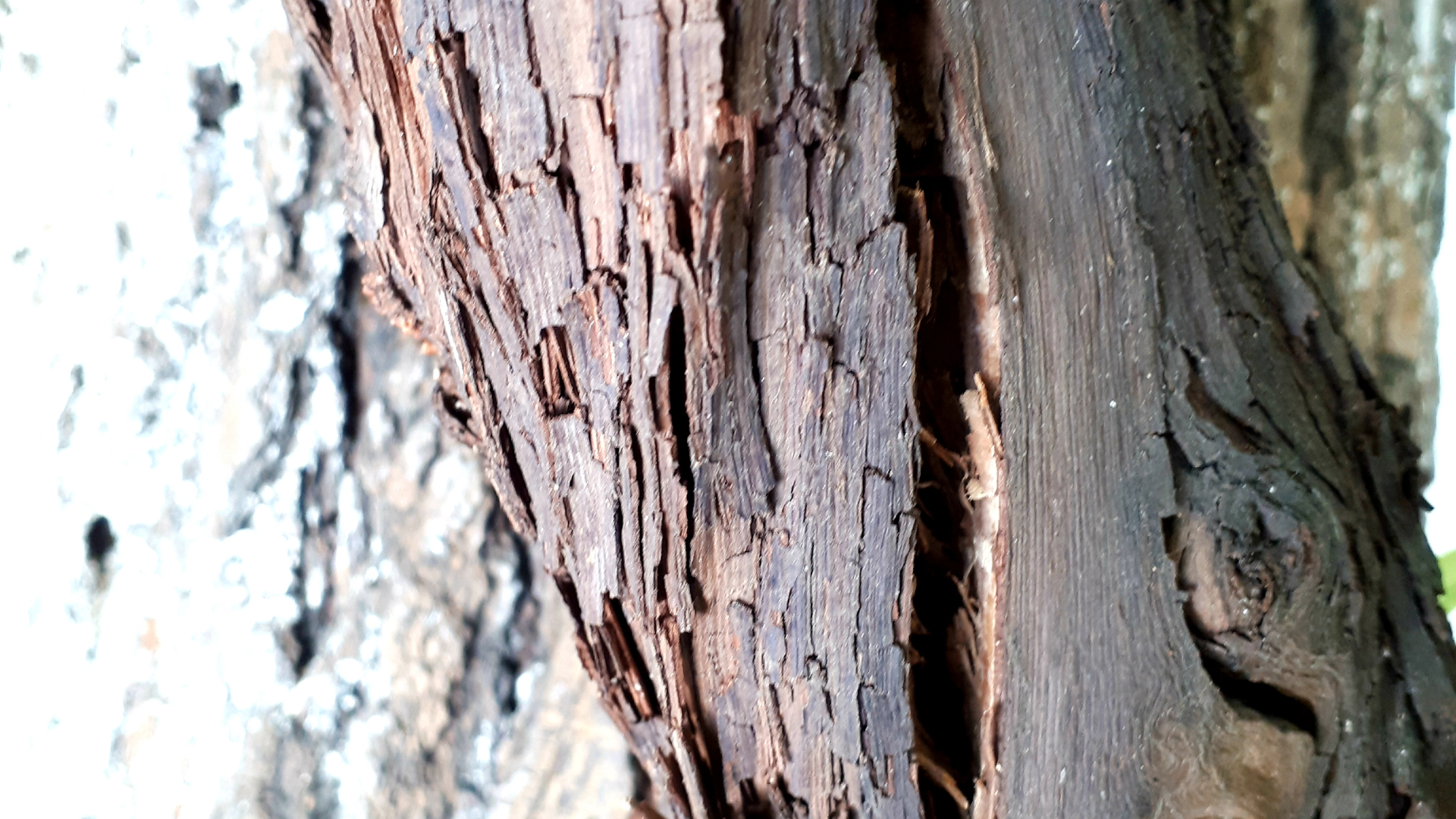
Cracks in the Trunk
One of the clearest signs of stress is visible cracks in the trunk. These cracks can form due to age, storm damage, or rapid changes in temperature. When water enters the cracks and freezes, the expansion can cause further splitting. Large or deep cracks compromise the tree’s structural stability, making it more vulnerable to breaking under the weight of snow or ice.
Dead or Dying Branches
Branches that are brittle, leafless, or easily snap under pressure may already be dead. These branches pose a significant risk during winter storms, when the weight of ice and snow can cause them to fall. Falling branches endanger people, property, and healthy parts of the tree itself. A fall inspection allows professionals to identify and remove dangerous limbs before they become a hazard.
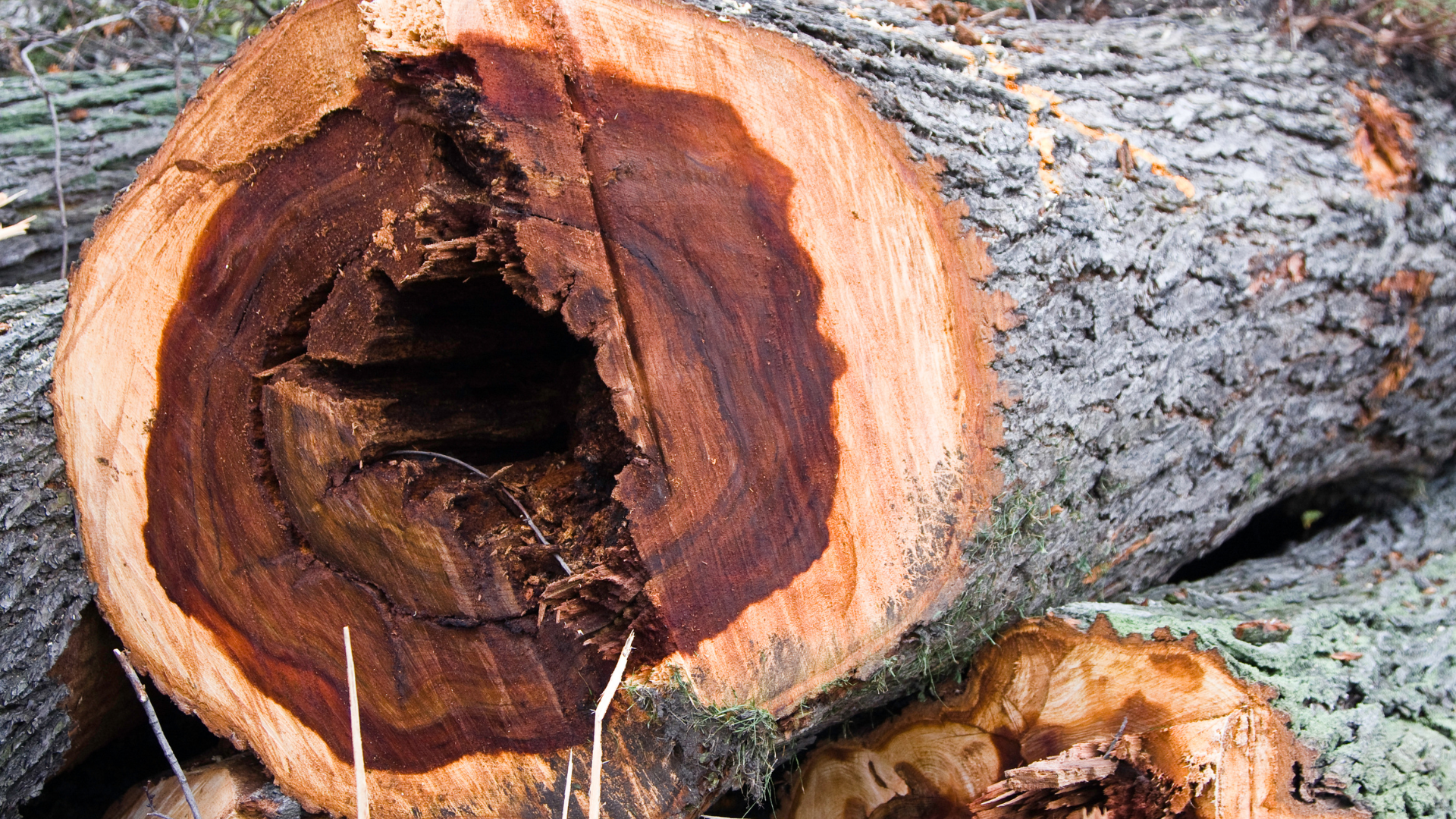
Signs of Disease or Decay
Fungal growth, peeling bark, or soft, spongy wood are all indicators of disease or decay. A tree weakened by infection has a reduced ability to withstand cold weather and is more likely to suffer structural failure. In some cases, early treatment can help stabilize the tree, but in others, removal may be the safest option. Professional evaluation is essential for determining the right course of action.
Leaning or Unstable Trees
A tree that leans noticeably or shows signs of root upheaval may not survive the winter. Heavy snow and strong winds can worsen the tilt, potentially causing the tree to topple. This is especially dangerous if the tree is close to a home, driveway, or utility lines. Addressing leaning trees in the fall reduces the risk of catastrophic damage during the colder months.
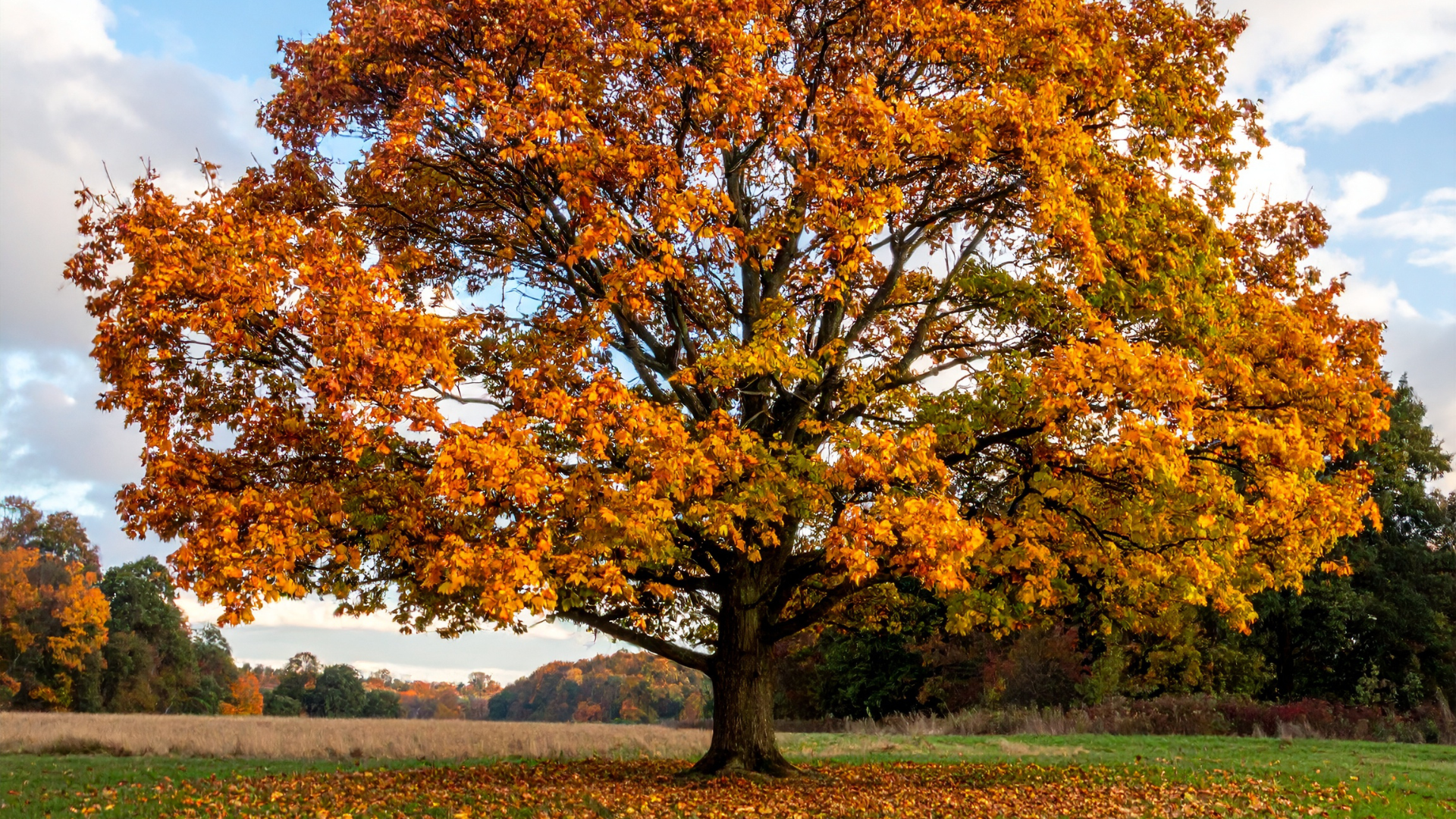
Excessive Leaf Retention
Most trees shed their leaves in autumn, but if a tree is retaining a large number of dead leaves or if its leaves remain discolored and cling to branches, it may be under stress. This condition, sometimes referred to as marcescence in certain species, can signal nutrient deficiencies, disease, or other health issues that make the tree more vulnerable in winter.
Pest Damage
Insects often take shelter in trees during fall and winter, and signs of pest damage may indicate a tree is already weakened. Small holes in the bark, sawdust-like material near the base, or tunnels visible beneath the bark are all signs of infestation. Trees already struggling with pests are less likely to survive harsh winter conditions without intervention.
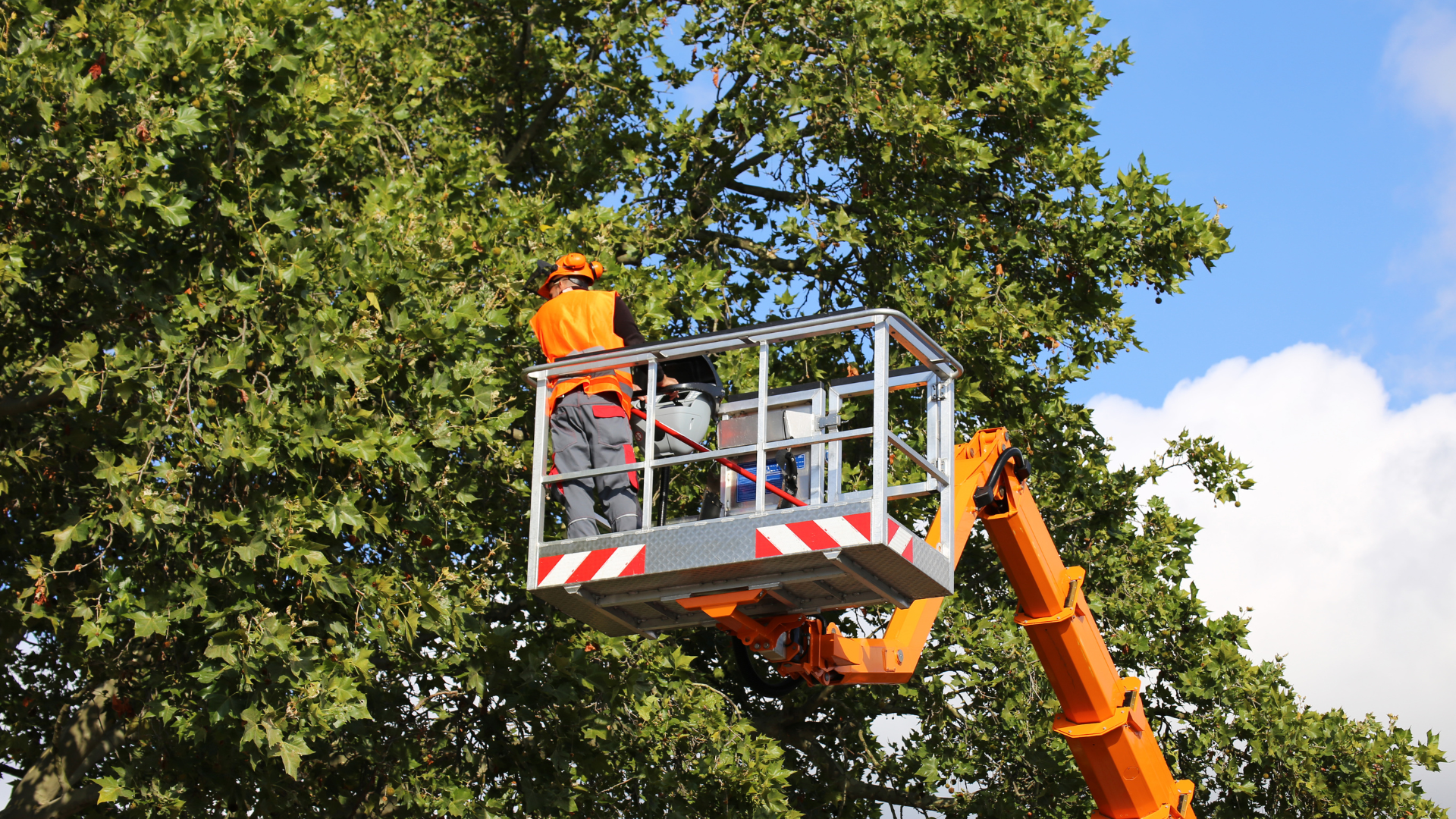
The Importance of Fall Tree Care
Recognizing these warning signs in the fall gives homeowners an opportunity to act before winter arrives. Professional tree care services can remove hazardous branches, treat disease, or stabilize vulnerable trees. In some cases, removal may be the safest choice to protect people and property. By addressing problems early, homeowners reduce risks and ensure that healthy trees continue to thrive in the spring.
Final Thoughts
Trees are a valuable part of every property, but they require attention to withstand the challenges of winter. Cracks, dead branches, disease, leaning trunks, unusual leaf retention, and pest damage all indicate that a tree may not survive the season without care.
At Midwest Tree Surgeons, we provide expert fall inspections and professional solutions to keep trees safe, healthy, and strong. If you have concerns about the condition of your trees, now is the time to act. With proper care, you can enjoy peace of mind knowing that your property is protected when winter storms arrive.
